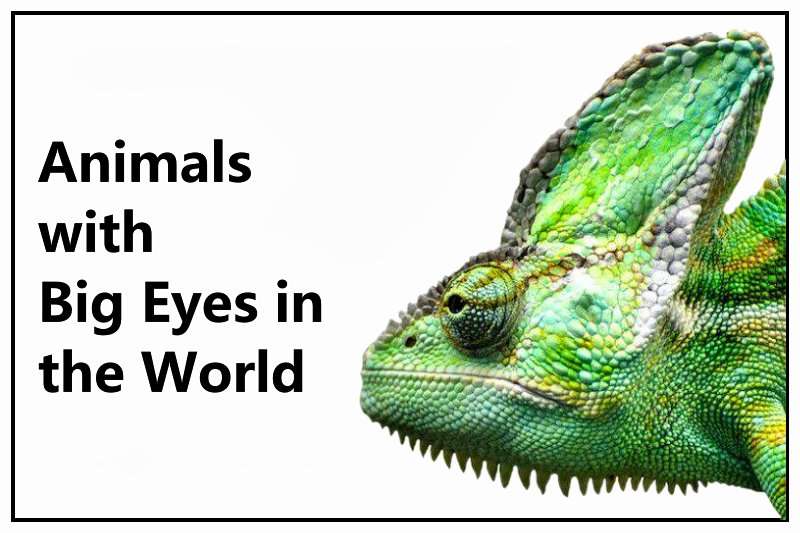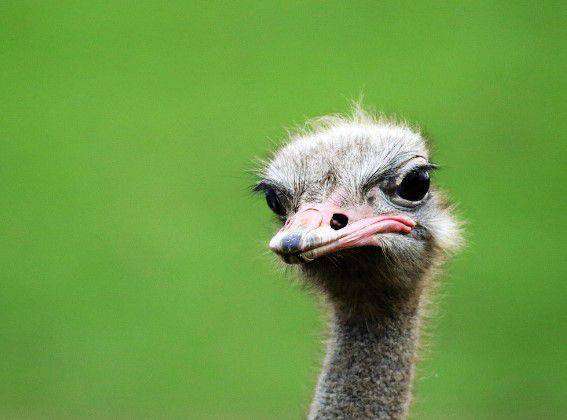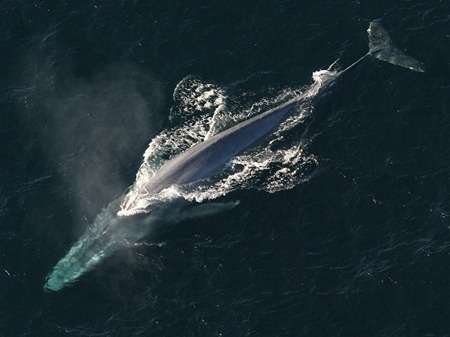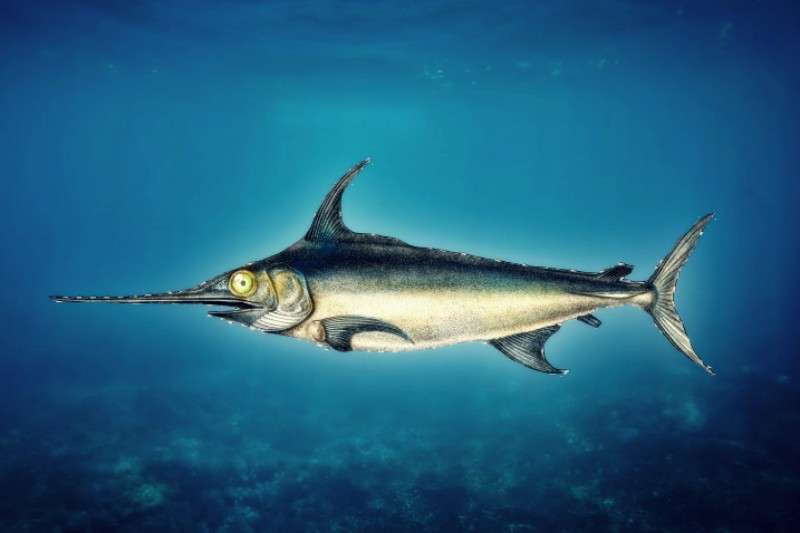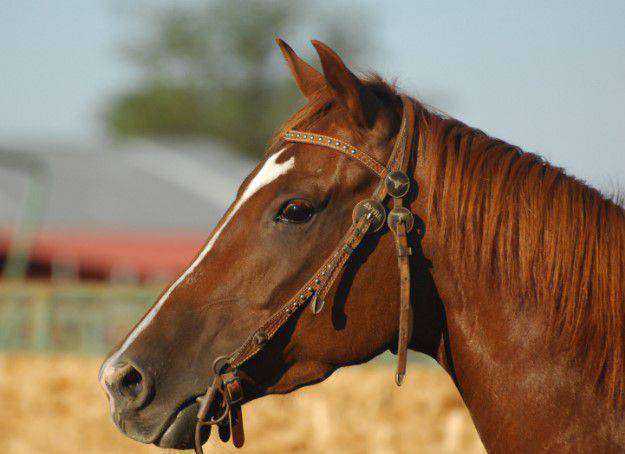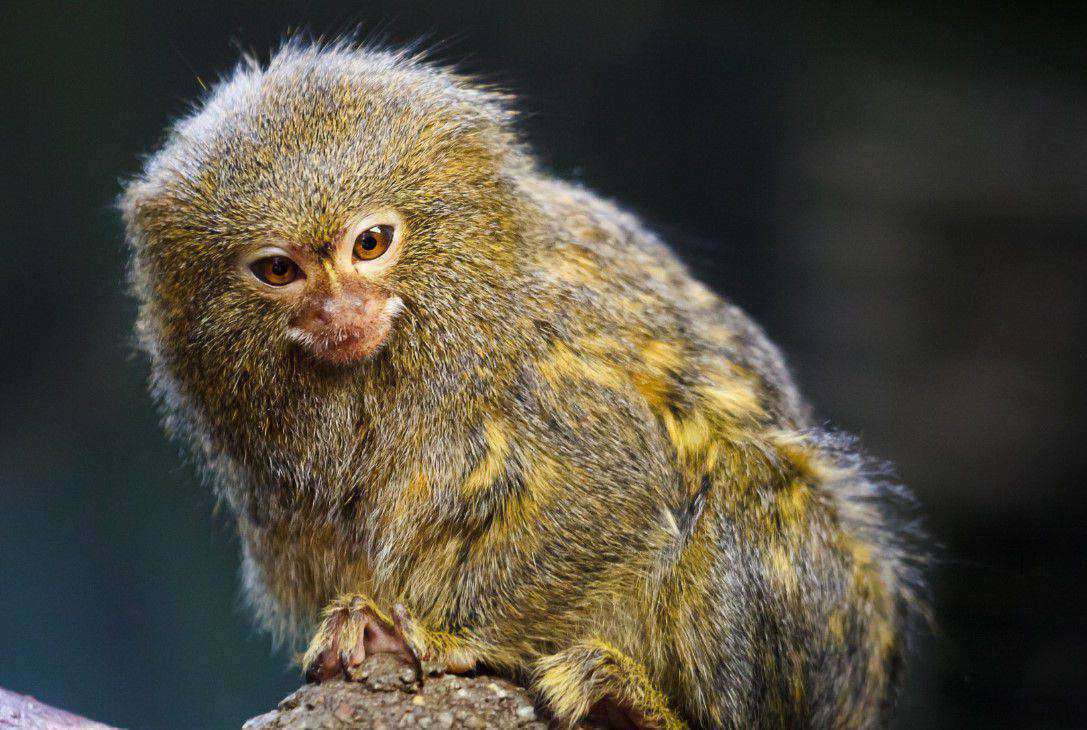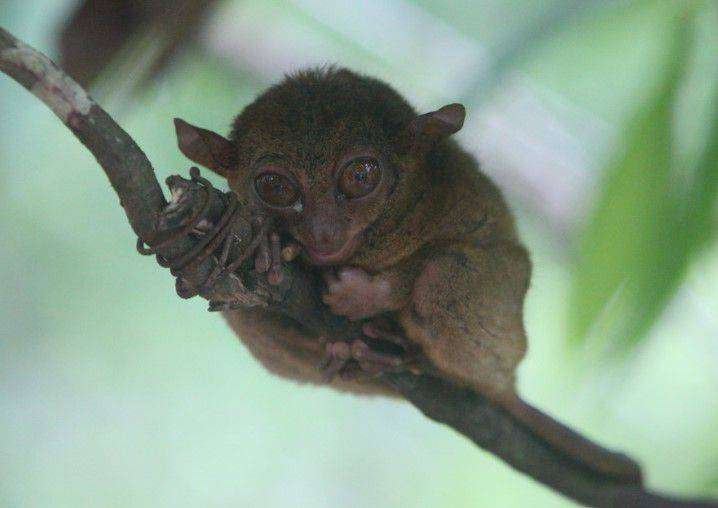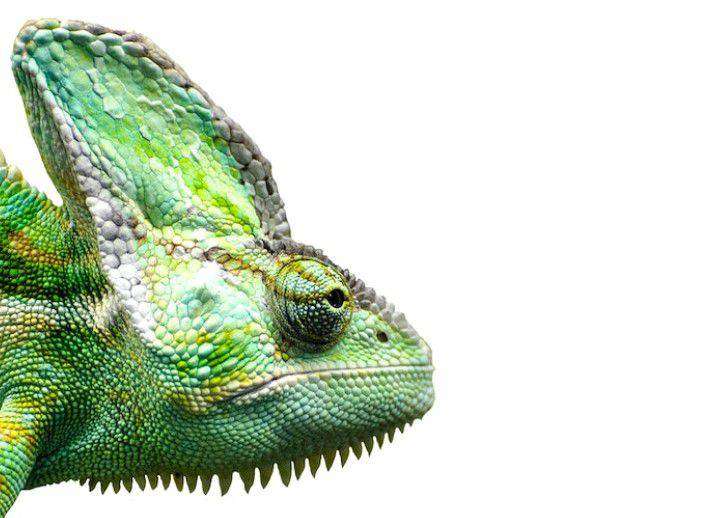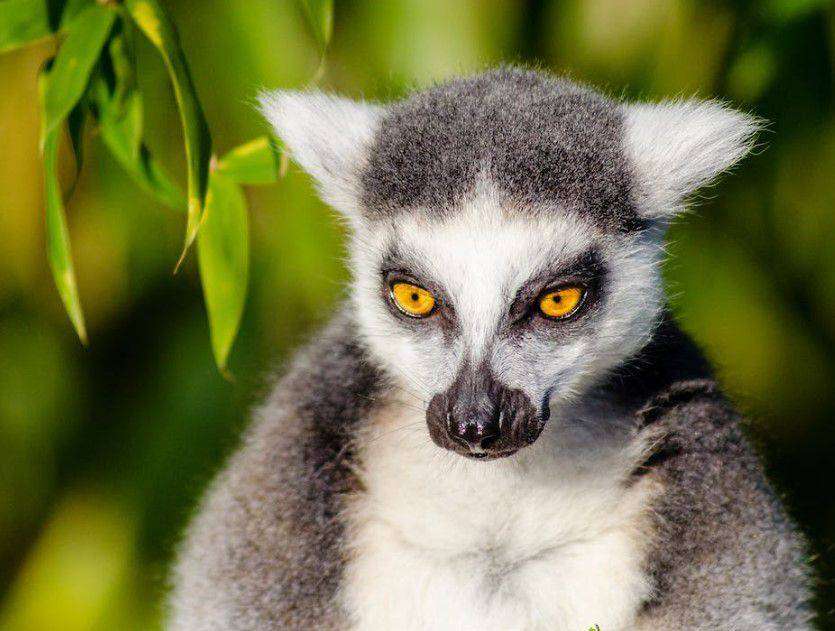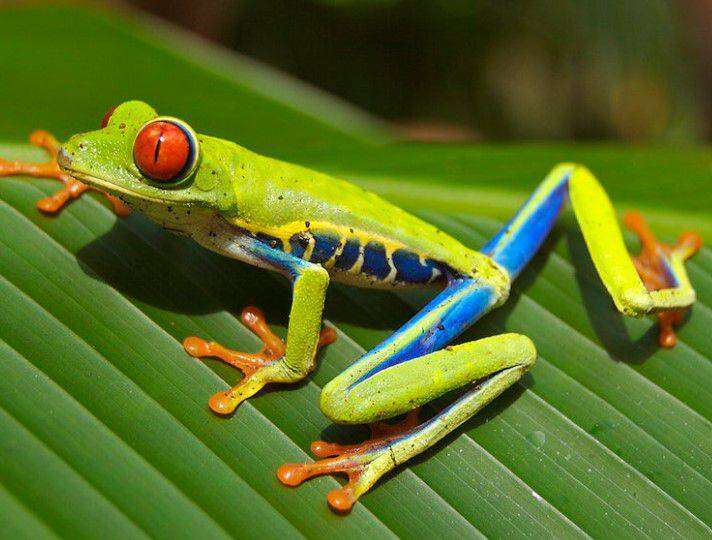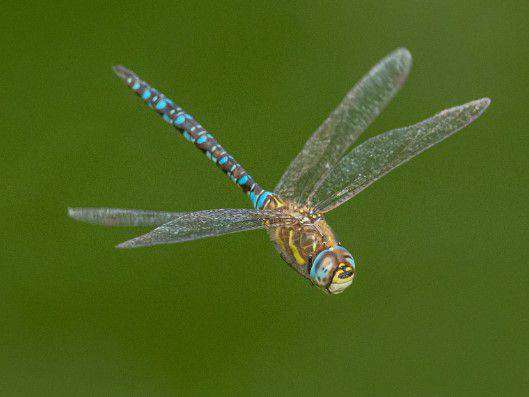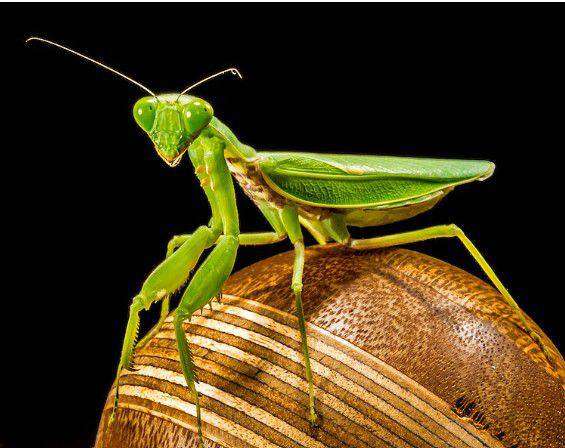Vision is one of the most important senses for the survival of an animal. Vision is usually achieved through a complex organ we call the eyes. The eye of every species differs in several aspects like shape, color, structure, and size. In the diverse animal world, a significant question arises, which animals have the Big Eyes? Therefore, we have come up with today’s article, list of 15 Animals with Big Eyes in the world.
The list not only focuses on animals that have the largest eyes but also on those which have large eyes in comparison to their body and head size and weight. Therefore, without much ado, let’s get going with our today’s article.
20 Animals with Big Eyes in the World
1) Colossal Squid
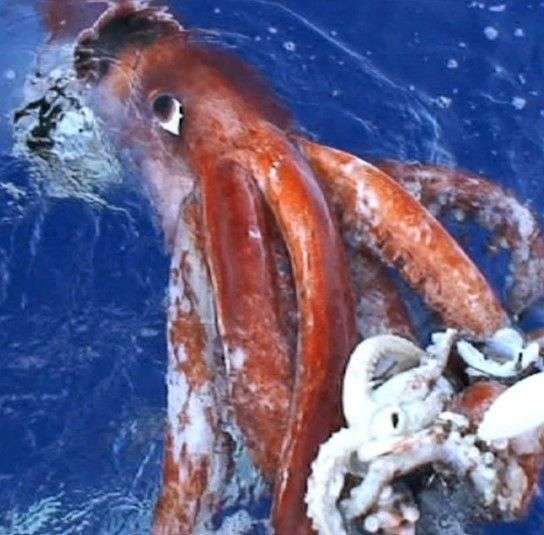
Colossal Squid has the largest eyes on the planet. They are one of the largest animals on the planet. With an enormous body, sometimes measuring nearly 40 meters long, they are also equipped with the largest eyes in the world.
Measuring up to 25 cm or 11 inches, their eyes are best suited for deep sea vision, where there are no traces of sunlight. Their large eyes help them to use the tiniest of light available emitted by certain crustaceans like jellyfish and use it to spot their predators, majorly the sperm whale.
- Genus- Mesonychoteuthis
- Scientific name- Mesonychoteuthis hamiltoni
- Location- Worldwide distribution
2) Slow Loris
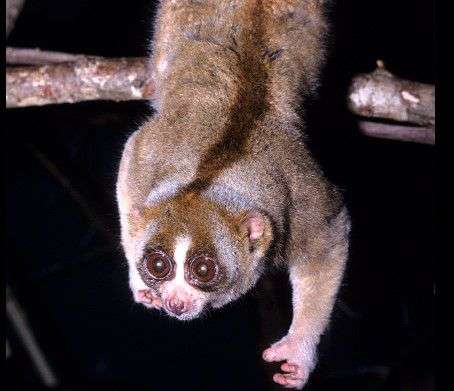
The first noticeable thing when one encounters these small endangered animals is their large rounded front-facing eyes. Slow Loris is a nocturnal hunter, and this is where their big eyes come into play.
They capture the maximum of the light available and help the animal to detect its next prey. Their eyes occupy a large portion of their head and are quite distinct in comparison to their small size.
- Genus- Nycticebus
- Scientific name- Nycticebus sp.
- Location- South ane Southeast Asia
3) Ostrich
With eyes having a diameter of nearly 2 inches and occupying most of its head, the Ostrich holds the crown for the largest eyes of any terrestrial animal.
Their large eyes help them to spot predators from great distances, even up to 3-4 km away. Though beautified with large eyelashes, the eyes of an ostrich are so big that it leaves very little room for the brain.
- Genus- Struthionidae
- Scientific name- Struthionidae camelus
- Location- Africa
4) Owl
Owls are undoubtedly one of the finest nocturnal hunters. Their large forward-facing eyes give them a wide field of binocular or stereoscopic vision. The pupils are large enough to allow even the faintest of lights, thus providing them with excellent night vision.
They have rod cells in abundance, which are responsible for their night vision. Owls have eyes that account for nearly 3% of their entire body weight. They can turn their heads 180 degrees, thereby achieving a 360-degree vision.
- Genus- Strigidae
- Scientific name- Strigidae sp.
- Location- Worldwide
5) Blue Whale
You might question our placing of Blue Whale on our list of Animals with Big Eyes, as they have relatively smaller eyes. But being the largest existing animal, the eyes of a Blue Whale are relatively much smaller.
Their eyeballs have a diameter of nearly 3 inches, which is quite large in itself. Blue Whales use their eyes to look for prey in the deep dark ocean waters or some rare cases, to swim away from predators.
- Genus- Balaenoptera
- Scientific name- Balaenoptera musculus
- Location- Throughout the earth’s oceans
6) Swordfish
With eyeballs measuring up to 4 inches, the Swordfish is one of the animals with big eyes in the ocean. Swordfish’s eyes are greatly modified for vision in the deep-blue, cold ocean waters.
Their modified eye muscles can generate heat, which makes the blood going to the eyes warm, enabling the eye to catch the motion of fast-moving prey. Their visual response is so high that they can track extremely fast preys with ease, even the dim underwater.
- Genus- Xiphias
- Scientific name- Xiphias gladius
- Location-Teopical and temperate parta of Atlantic, Pacific, and Indian Ocean
7) Horse
Next up, we have another terrestrial animal whose eyes rank up to one of the largest on the planet. Horses have eyes measuring nearly 2-3 inches in diameter, making them one of the largest of all mammals.
Active animals generally have large eyes that help them to prevent collisions with objects in their path, especially when they are moving at high speeds. Horses‘ eyes are nearly eight times larger than an average human eye, giving them high visual equity.
- Genus- Equus
- Scientific name- Equus ferus
- Location- Worldwide distribution
8) Marmosets
The Marmoset’s eyes may not be the largest among the diverse catalog of animals, but they are relatively larger in comparison to their body size and weight.
With a diameter of nearly 11 cm, their eyes are larger than many primates in comparison to the size of their brains. Marmosets are getting increasingly popular for their ability to make highly interactive exotic pets.
- Genus- Callithrix, Mico
- Scientific name- Callithrix sp., Mico sp.
- Location- South America, Central America ans Mexico
9) Tarsier
Tarsier may be one of the smallest primates on the planet, but their relatively large eyes are worth mentioning. Their eyes may be small but have a diameter of nearly 1.6-1.7 cm, which is larger than their brain.
They are nocturnal carnivorous creatures, mainly feeding on insects, and this is where their large eyes come into play. They amplify the slightest of light, aiding them greatly in their night vision.
- Genus- Carlito
- Scientific name- Carlito sp.
- Location- emdemic to Phillipines
10) Chameleon
The chameleon is one of the most visually dependent predators. These slow-moving lizards have large bulging eyes, which are capable of independent 360-degree rotation.
They look like turrets that can rotate 90 degrees vertically and 180 degrees horizontally, giving them a wide panoramic vision, which can change to monocular or binocular.
Their eye slit might be small, but it’s the overall visual organ that gives them a place on this list of animals with big eyes.
- Genus- Chamaeleoninae
- Scientific name- Chamaeleoninae sp.
- Location- In almost all forests of the world
11) Lemurs
Lemurs are nocturnal beings, which accounts for their large eye concerning their skulls. Their large front-facing eyes give them wide binocular or stereoscopic vision. Lemurs have tiny snouts and small bodies, which make their eyes appear even larger.
Their eye color is bright yellow or blue-eyes for some Scientific name name name name, and they lack a fovea, which distinguishes them from other creatures. These are dichromatic beings and are blind to long-wavelength colors like red.
- Superfamily- Lemuroidea
- Location- Endemic to the island of Madagascar
12) Tree frogs
Certain tree Frog, especially the Red-eyed Tree Frogs, have bright red bulging eyes, which appear quite large, keeping in view their tiny body size.
These bright-colored bulging eyes help the frog in many ways than simple vision. They startle the predators for a few seconds, giving the frog enough time to escape. These are nocturnal beings and are therefore highly dependent on their eyes for survival.
- Genus- Agalychnis
- Scientific name- Agalychnis callidryas
- Location- Mexico, Panama, and northern Colombia
13) Pottos
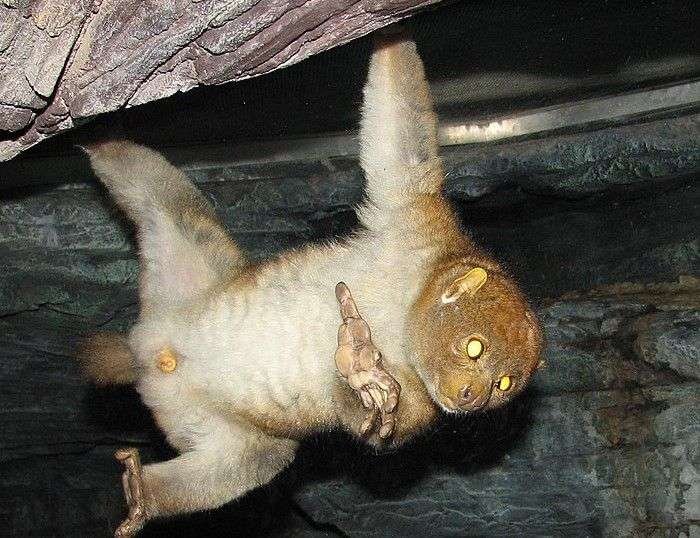
Next up on our list of animals with big eyes we have the Pottos. A relatively uncommon animal, Pottos are one of the primitive primates to exist on the planet.
These are nocturnal beings, and their large eyes greatly aid in it. It helps them to look out for fruits, berries, and insects. Potto’s eyes are largely rounded and are located in front of their eyes, occupying a major portion of their skull.
- Genus- Perodicticus
- Scientific name – Perodicticus edwardsi
- Location- Africa
14) Dragonfly
A dragonfly probably has one of the largest and the most compound eyes in the entire insect kingdom. Their head is enormous in comparison to their body.
The eye of a dragonfly is composed of nearly 30,000-minute telescopic ommatidia, which collectively gives them a high visual acuity. This has a huge advantage, especially when capturing prey mid-flight while hovering at high speeds. Their large eyes help them to spot predators and hence escape on time.
- Genus- Ictinogomphus
- Scientific name- Ictinogomphus rapax
- Location- Worldwide distribution
15) Ring-tailed raccoon
The ringtail is known by various names, including ring-tailed cat, miner’s cat, civet cat, and cacomistle. Its black to dark brown color, pale underparts, pointed muzzle, long whiskers, and cat-like body make it a versatile species.
The ringtail’s face resembles a mask, with dark brown and black hair surrounding its eyes. Its large eyes and upright ears make it easy to navigate and forage in the dark. Its long tail and white rings on its tail act as a distraction for predators, increasing their chances of escaping when caught.
- Genus: Bassariscus
- Scientific name: Bassariscus astutus
- Location: Northern America
16) Golden Lion Tamarin
The golden lion tamarin, also known as the golden marmoset, is found in the Atlantic coastal forests of Brazil. Its name comes from its bright reddish orange pelage and distinctive mane, with a dark, hairless face.
Do you know it is the largest of the callitrichines? Considering it has a height of around 261 mm (10.3 in) and weighs around 620 g (1.37 lb).
This species has large, round eyes, which make them attractive with their orange hair covering the whole body. Also, its claw-like nails are different from the flat nails found in other monkeys and apes.
- Genus: Leontopithecus
- Scientific name: Leontopithecus rosalia
- Location: Southeastern Brazil
17) Chihuahua
The Chihuahua is a Mexican breed of toy dog known for its large, round eyes and erect ears. Considering the breed’s height, it ranges between 6 and 9 inches (15 and 23 cm), with some growing as tall as 30 to 38 cm (12 to 15 in).
Both British and American breed standards require a Chihuahua to weigh no more than 5.9 lb (2.7 kg) for confirmation.
- Genus: Canis
- Scientific name: Canis Lupus
- Location: Mexico
18) Bush Babies
Galagos, which you may call bush babies or nagapies, are small nocturnal primates native to continental, sub-Saharan Africa. These cute animals have big eyes, which help them see at night.
Also, they have large, collapsible ears that rotate independently, allowing them to focus on prey in the dark. You might be amazed to know that these are also skilled jumpers. They jumped so high by using their powerful legs and long tails. Further, they also help to move quickly through the forest canopy or catch flying insects.
- Genus: Galago
- Scientific name: Galagidae
- Location: sub-Saharan Africa
19) Arabian Camel
If we are talking about animals with big eyes, then how can we forget about camels? Camels are the animals who are always known for their height and big hump. But with its big hump and larger body, this animal also has big eyes. And if you notice, you can see beautiful eyelashes with big eyes.
- Genus: Camelus
- Scientific name: Camelus dromedarius
- Location: India and Africa
20) Mantis
With one of the unique eyes in the animal kingdom, the mantis occupies the fifteenth position on our list of Animals with Big Eyes. Their eyes are located on the side of their head, bulging outwards.
The two eyes occupy a major portion of their head and are compound. They have as many as 16 photoreceptor cells and can perceive not only visible but also UV and polarized light.
- Family- Mantidae
- Location- Worldwide
21. Colugos
Colugos are arboreal gliding mammals native to Southeast Asia, with only two living species: the Sunda flying lemur and the Philippine flying lemur. Colugos have long, slender limbs, a medium-length tail, and a light build. They have a small head with large, front-focused eyes and small rounded ears.
Their distinctive incisor teeth are comb-like, with up to 20 tines on each tooth, similar to strepsirrhines’ incisor suite for grooming. The second upper incisors have two roots, a unique feature among mammals.
- Genus: Cynocephalus
- Scientific name: Dermoptera
- Location: Southeast Asia
22. Aye aye
The aye-aye is a Madagascar-native lemur with rodent-like teeth and a unique thin middle finger. It weighs around 2 kilograms and is typically 60 centimeters long with a tail longer than its body. Young aye-ayes are silver-colored on their front and have a stripe down their back. As they mature, their bodies are covered in thick fur and have a variety of colors. Their unique third finger is used for extracting grubs and insects from trees, with a ball-and-socket metacarpophalangeal joint. The complex geometry of ridges on the inner surface of their ears helps focus echolocation signals and passively listen for prey sounds.
- Genus: Daubentonia
- Scientific name: Daubentonia madagascariensis
- Location: east coast of Madagascar
23. Fennec fox
This species of fox has the largest eyes in their genus. The fennec fox is a small crepuscular fox native to North Africa’s deserts, known for its large ears that dissipate heat and listen for underground prey. It is the smallest fox species and has adapted to high temperatures and little water. It has a lifespan of up to 14 years in captivity and about 10 years in the wild. The fennec fox has sand-colored fur, a black nose, and a tapering tail with a black tip. Its ear to body ratio is the greatest in the canid family, likely aiding in heat dissipation and locating vertebrates.
- Genus: Vulpes
- Scientific name: Vulpes zerda
- Location: North Africa’s deserts
24. Sugar glider
The sugar glider is a small, omnivorous, arboreal, and nocturnal gliding possum, known for its predilection for sugary foods and ability to glide through the air. Its scientific name is Petaurus breviceps. The sugar glider has a squirrel-like body with a long, partially prehensile tail, and is a sexually dimorphic species, with males typically larger than females.
The fur coat is thick, soft, and usually blue-grey, with a black stripe from its nose to midway on its back. Males have four scent glands, while females have a paracloacal scent gland and a scent gland in the pouch. The sugar glider is nocturnal, with large eyes for night vision and swivel ears for prey identification. Each foot has five digits, with opposable toes on each hind foot for firmly grasping branches. The gliding membrane extends from the outside of each forefoot to the first digit of each hind foot, supported by well-developed muscles.
- Genus: Petaurus
- Scientific name:Petaurus breviceps
- Location: southeastern Australia, southern Queensland and New South Wales
25. Sifaka
The sifaka is a lemur found only on Madagascar, a species of the genus Propithecus, belonging to the Indriidae family. They are medium-sized indriids with a long, silky fur and a black, hairless face. They are skilled climbers and jumpers, able to make leaps up to 10 meters. Sifakas are herbivores, eating leaves, flowers, and fruits. They live in larger groups and have a firm territory marked with scent glands. They may co-exist with other lemur species, but successful invasions can result in death of male members, group takeover, and infanticide.
- Genus: Propithecus
- Scientific name: Propithecus diadema
- Location: island of Madagascar
Conclusion:
Many of these animals are loved for their eye and shape. The beautiful and cute image is also used in their respective aesthetic designs. There are also many custom keychains and other decorative items in life that are based on animal designs that are also very popular.
Here, we come to the end of our article, Top 15 Animals with Big Eyes in the World. We will be bringing many such elaborate articles in the near future, so until then, Stay tuned. You may also look into our other articles belonging to a diverse catalog.
FAQs:
1. What is the animal with the big eyes?
Ans. There are many animals such as Squids, Chameleon, Camel and many more who have big eyes.
2. What animal has big eyes that hops?
Ans. Mantis, Kangaroo, and Tree Frogs are some of the animals that have big eyes and can hop.
3. What animal has 12-inch eyes?
Ans. No animal is recorded as having eyes that measure 12 inches.
4. Which animal has prettiest eyes?
Ans. Cats, Husky, and camels have the prettiest eyes.
5. What are big eyes called?
Ans. Big eyes are called by many names such as Large eyed, Great eyed, Broad eyed.
6. What small animals have big eyes?
Ans. Dragonflies, Mantis, and Tree frogs are some of the small animals that have big eyes.
7. Which animal has 1000 eyes?
Ans. Chiton have 1000 eyes.
8. What animal has 40 eyes?
Ans. Disco clams have 40 eyes.
9. What animal has 24 eyes?
Ans. Box jellyfish have 24 eyes.
References:
- Amazing eyes: 17 vision champions | Natural History Museum
- Largest Eye in the World, Giant Squid | Smithsonian Ocean
- Wikipedia
Also Read:

As a content writer, I like to write about different niches. I have a curiosity about nature and animals. And like to learn about them. Through my writing, I like to share my experience and knowledge with you. I hope you are enjoying it too.
